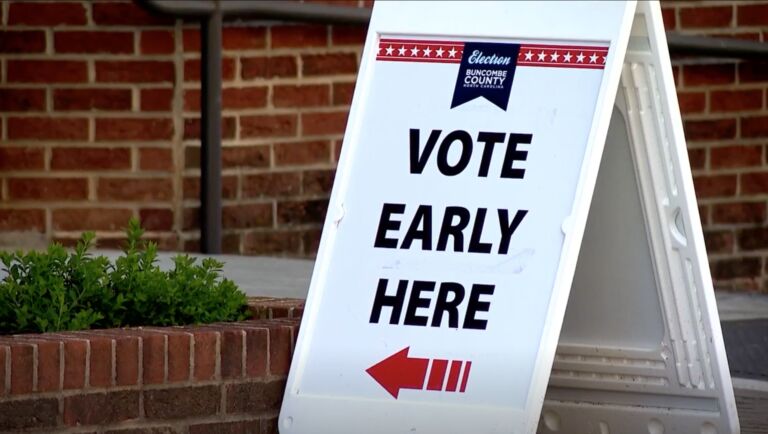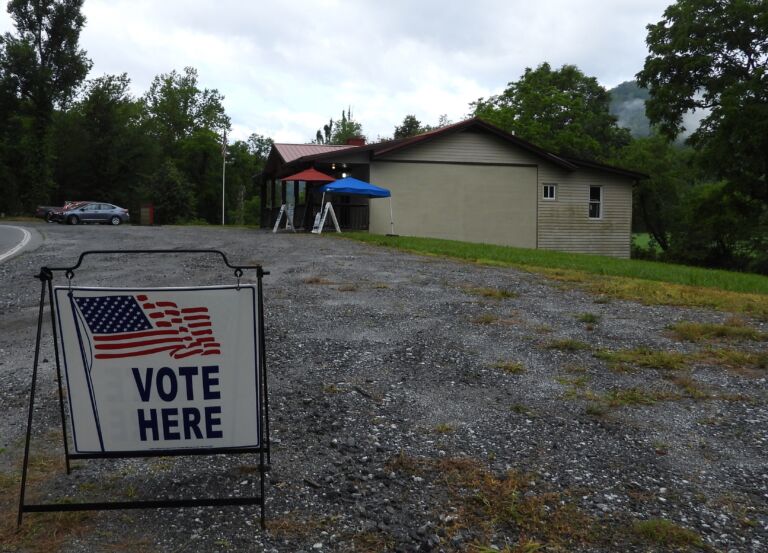One-stop (early) voting wrapped up on November 5. Let’s see what the early voting and mail voting numbers tell us about the 2022 election. We are using data from Vote Tracker, a service of the John Locke Foundation that uses data pulled from the North Carolina State Board of Elections. Comparisons will be with the last midterm election in 2018.

Mixed Numbers on Turnout and Good News for Republicans
Democrats have dominated voting through November 6. 38.16% of all ballots accepted in North Carolina are from registered Democrats, compared to 31.3% from Republicans and 30.26% from unaffiliated voters.

That is good news for Democrats, right?
Not really.
The table below shows the proportion of one-stop and mail ballots accepted by the Sunday before election day by party. Democrats declined from 42.48% of ballots accepted in 2018 to 38.16% in 2022, a decline of 4.32 percentage points. By comparison, Republicans increased by 1.01 points, and unaffiliated increased by 3.3 points.

Democratic and Republican turnout changes represent a 5.33 percentage point shift in favor of Republicans. When considering that unaffiliated voters tend to behave like partisans, we could expect the real Republican shift to be closer to 7 points as more Republican-leaning unaffiliated voters turn out compared to Democratic-leaning unaffiliated voters.
In terms of turnout percentage, Democratic one-stop and mail turnout has declined from 33.6% in 2018 to 32.9% in 2022. On the other hand, Republican turnout has increased from 28.1% to 30.3%, and unaffiliated turnout has risen from 22.9% to 24.7%. The 2022 turnout will rise slightly as the last mail votes come in. If that expectation holds, Republicans could win every statewide race tomorrow.
Demographics: Electorates in 2022 Look Different from 2018
Looking at demographics, we find that one-stop and mail voters in 2022 are older, whiter, and probably more male than in 2018.
The proportion of one-stop and mail voters aged 18-35 declined from 15.2% in 2018 to 12.9% in 2022, while those 65 and over increased from 34.9% to 41.4%

The White share of the one-stop and mail electorate increased from 71.2% in 2018 to 72.5% in 2022. The Black share of the electorate declined from 21.7% to 18.7%. That decline is greater than the rise of those not claiming any race (from 3.4% to 5.2%).
Both of those demographic changes in the composition of the electorate favor Republicans.
Women’s share of the electorate declined from 54.1% in 2018 to 52.2% in 2022. Men’s share also declined, but by a smaller rate, from 43.6% to 43.1%, while those with no designated sex increased from 2.2% to 4.6%. While it cannot be said for certain, there are probably more men among early and mail voters in 2022 compared to 2018. If so, that is more good news for Republicans since men are more likely to vote Republican.


